Seizing Opportunity
As a professional crochet pattern designer and slightly neurotic over-achiever, it pains my heart to share with you this – my biggest failure as a maker. As much as I’m embarrassed to tell you I made this mistake, I’m sharing this little story in hopes that you learn from me and don’t have to suffer the consequences of learning the hard way…like I did.
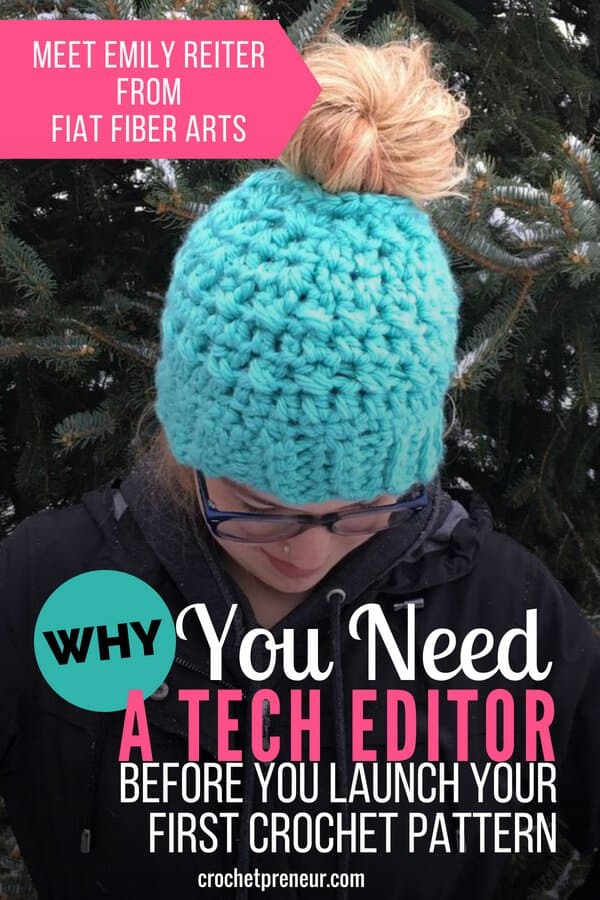
It was December 2016. (Oh, you know the story of the Messy Bun Hat, right?)
Here’s the quick(sh) version: someone posted a photo of this crazy hat she’d made with a hole in the top. The hole was perfectly positioned for a messy bun to pop out of the top. It was so cute!
Everyone on the internet was abuzz wondering where they could find the pattern. But there was none to be found. Seriously, it was turning into a crisis. Women needed this hat!
Knowing that I was a crocheter, a friend tagged me in that viral photo to see if I could make the hat. So, I searched and searched the internet for a pattern. Still, there wasn’t one anywhere. I couldn’t find one on Ravelry. There wasn’t one on Etsy. And I couldn’t even find one on Google! Ever the entrepreneur, I saw an opportunity and decided to design my own.
It was 10 PM when I grabbed my favorite yarn and my trusty 9 mm (hook, no gun, silly), and quickly designed The Messy Bun Hat. 45 minutes later, the hat was finished. I ran upstairs to my studio, put the hat on my mannequin (we call her Mandy...my hubby has a little crush on her), and I took photos.
Within the hour, I had the hat listed for sale on Etsy. Shortly after that, the pattern was written up and listed as well.
The next day, Chelsea, my brand rep, and model popped over and we made a quick video – which promptly went viral and became my biggest success to date.
“Biggest success?” you ask, “I thought we were talking about your biggest failure.”
From Wild Success to Massive Failure
Well, it just so happens that my biggest success and my biggest failure are one and the same. You see, that pattern that I quickly wrote up and promptly listed for sale – so as not to miss out on a great opportunity – was full of flaws.
Ugh, I know. So dumb!
I actually ran the pattern by a friend the next day and she caught a typo or two, but we were both so excited about this new design that we overlooked some pretty glaring problems. As the pattern began to sell on Etsy and Ravelry, I started receiving Etsy conversations, Ravelry messages, emails, and Facebook comments all asking about the pattern, mentioning the problems, and requesting help to figure out the stitches….it was a massive disaster to the tune of over 250 emails a day (not to mention the emails complaining that I hadn’t answered the emails). I just couldn’t keep up!
The five days between Dec. 11, when everything went viral and I sold about 12,000 patterns, and Dec. 16, when I rewrote the pattern at 2:00 AM and added a photo tutorial, were some of the most stressful days of my life. I’m still dealing with the health consequences of all that stress and I really regret putting out a subpar product, causing frustration to so many customers, and taking a hit to my professional reputation…it was tough!
You know, I’m not sure if the pattern would have been as much of a success if I had been thoughtful and careful, but it certainly would have been the right thing to do.
New to Pattern Writing? Download my Free Crochet Design Sketch-Notes When You Subscribe to Crochetpreneur
My Biggest Takeaway
So, if I could do it all over again, what would I have done instead? Well, I would have contacted my new friend, Emily. See, Emily is a professional crochet pattern technical editor. She gets paid to go over crochet patterns with a fine-toothed comb and find every typo, every stitch count error, and every syntax problem. Then, she suggests ways to make the pattern more easily read. Basically, she’s a guardian angel for crochet designers.
In reality, it probably would have taken Emily just one hour to help me fix the errors in the pattern and save me and my customers’ SO MUCH frustration.
That’s what I would have done differently.
That’s the lesson I learned from the best and worst thing that ever happened to my business and the lesson I hope to pass on to you…a budding crochet pattern designer.
Don’t be afraid to slow down, be thoughtful, and invest in the help of a professional.
Meet a Crochet Pattern Tech Editor
In that light, I’d like to formally introduce you to…
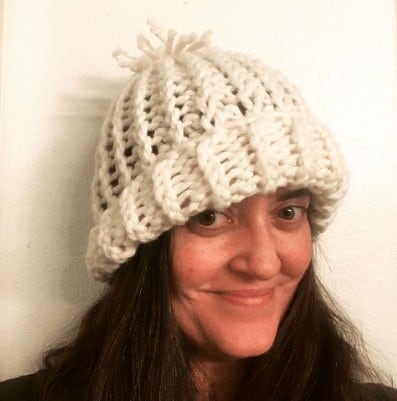
Emily Reiter, Tech Editor, Fiat Fiber Arts
Emily is a wife and mom to 5 beautiful kiddos. She was trained in wildlife management but has found her calling as a mom and as a creative (she loves both embroidery and crochet). Due to her keen eye for detail, love of numbers, and knowledge of crochet, Emily was encouraged to pursue pattern testing and, eventually, tech editing.
I met Emily through my Facebook group, Crochetpreneurs Club (a group for crochet designers, makers, bloggers and tech editors to learn, collaborate and grow together as crochet business owners…you should come join us), and have since learned so much from her about the benefits of hiring a professional tech editor. I thought you’d be interested in hearing from her as well so I asked her a few questions on your behalf.
Here’s what Emily has to share:
What types of services does a Tech Editor provide?
A tech editor typically reviews a pattern for continuity and accuracy – making sure the pattern will be understandable by the customer. Personally, as I edit a new pattern, I like to consider the beginning crocheter, someone who knows the basics. I ask myself, “Could a beginner understand this pattern?”
Then, I check grammar, spelling, and conduct the same basic editing tasks that would come with the editing of any written text, with the addition of an in-depth review of the crochet, as well. I make sure all the crochet language is accurate and that the stitches and stitch counts all match. Then, I also make sure the designer has all the necessary parts of the pattern included: materials, gauge, measurements, notes, instructions, etc.
In addition to these normal tasks, TE’s regularly offer other services like making charts or diagrams, schematics, grading a pattern (figuring out the math for multiple sizes), formatting templates, etc.
Would you share a little bit about how tech editing differs from pattern testing?
Yes, I was a pattern tester for several years so I’m happy to speak to those differences.
Traditionally, a pattern tester actually stitches up the crochet pattern. She would use her own yarn, not be paid, and would stitch up the item to the best of her ability. Then, she would report any problems she’d found to the designer. Pattern testers typically stitch up only a single size of the item. So, if a pattern has 5 sizes, the designer would need 5-10 testers, at the very least, to cover all her bases.
In contrast, a Tech Editor typically does not stitch the pattern, is paid, and evaluates the entirety of the pattern, all sizes included, at once. Since a tech editor is a professional, hired to accomplish a detailed task, the designer is likely to receive a more comprehensive analysis of the pattern than she would when using volunteers. In fact, that’s the feedback I’ve received from many of the designers I’ve worked with as I’ve indicated changes that needed to be made in the pattern that was missed by several testers.
(This is Pam, as a side note, that’s been my experience as well – the skill and detail of pattern testers will vary based on the person and their buy-in to the project, but a tech editor is naturally bought-in because it’s her profession and expertise.)
While volunteer testing is a vital part of crochet pattern development, it’s not always a guaranteed system. If a designer wants to publish with confidence, I believe having a tech editor review the pattern before or after testing is crucial.
How would a designer go about finding a qualified TE?
As with many professions, finding a qualified tech editor can be difficult. Currently, I am not aware of any certification process for crochet pattern technical editors. If there were a certification available from the Crochet Guild of America or other crochet authority, that would be helpful.
So, barring the proof of certification, designers can find tech editors on Ravelry (through advertisements, tester or designer groups), through Facebook groups for pattern testers and designers, and through word of mouth. Getting your ‘name out there’ as a tech editor growing a business is difficult. So, if you find a TE you love, be sure to leave a review on her FB page and let your designer friends know about her services. In this way, qualified and conscientious TEs will rise to the top of the radar and we all benefit when that happens.
What are some questions a designer might ask when considering hiring a TE?
-
- What form of document does the TE need? Personally, I can edit using .pdf, .docx, or Google documents with the ‘suggestions’ or ‘track changes’ enabled.
- How do they prefer to edit? Some tech editors highlight problem areas and allow the designer to make the final edits and others will make the edits themselves based on their experience and judgment. Working out a preferred method prior to beginning the project is wise so that the editor and designer are on the same page.
- How and when do they invoice? The designer should know, at the onset, if she will be invoiced before the project is begun, once the bulk of the edits are complete, when the project is 100% complete, or at a specified time, like ‘the end of the month.’
- Is communication time billed? A certain amount of communication time is usually built into the project-pricing quote. Then, any communication outside the norm will be billed at a reasonable hourly rate. Discussing this prior to booking your editor is wise on both your parts so that you can manage expectations.
- What is the estimated turnaround time? Sometimes turnaround times are difficult to estimate, but with some experience, a TE should be able to indicate the average time a specific type of pattern would take. Be sure to let your editor know the type of project, the complexity of the design, and the number of sizes you’ll need to have edited so that she can provide her best-guess estimate. As with any project estimate, it’s wise to build in some margin for error.
- What happens if the TE is approaching their estimated completion time, but the job isn’t finished? It’s best to determine, upfront, how you will handle deadlines. Let the TE know if you want her to simply continue working on the edits and send an invoice for the additional time, no matter how long that takes, or would you like her to contact you as the deadline approaches to determine the next course of action and provide an adjusted estimate. Communication is key, here, and, with all professional services, it’s best to have everything in writing so that both parties understand the expectations.
- What if an error is found post-publishing? Personally, I think this is every TE’s nightmare and, if an error is found, the editor will certainly do what she can do to resolve the issue to the best satisfaction of the designer…that includes the issuance of a refund for any glaring errors. (As a side note, in my experience speaking with other tech editors, it seems we are all perfectionists. In this job, perfectionism necessary because, in reality, if we aren’t PERFECT we’re WRONG! We are expected to find ALL the mistakes. Missing one = failure. So, we ALWAYS do our best to be 100% perfect and would be mortified to discover we’d overlooked an error).
So, how can my readers connect with you?
I can be found on my website FiatFiberArts.com, on Facebook, Instagram, and Pinterest. I would be happy to chat with any of your readers about their upcoming projects!




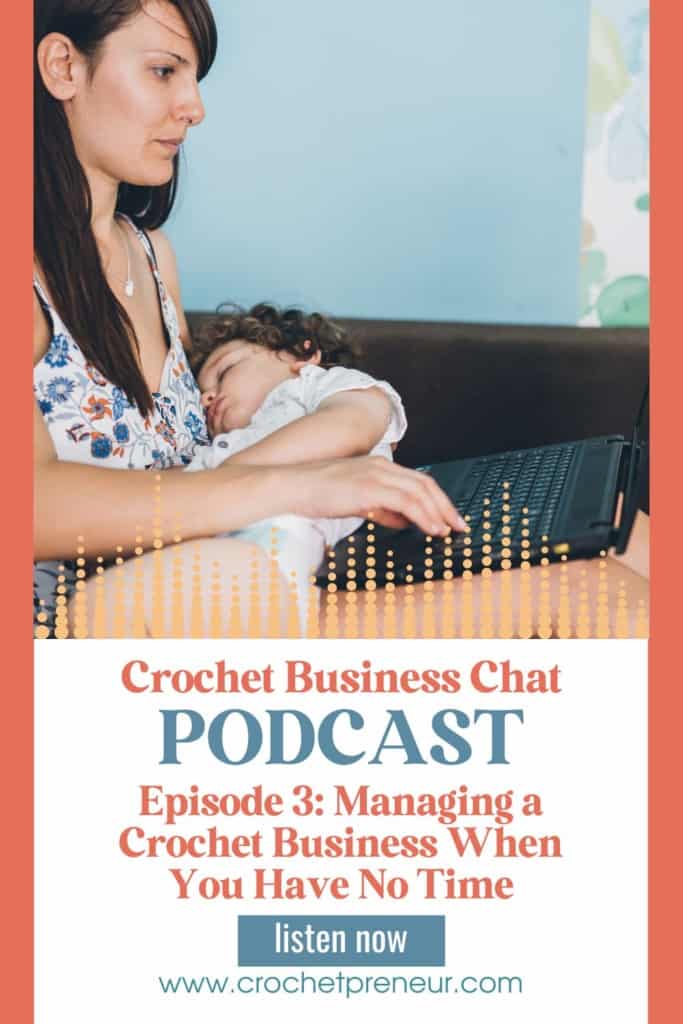

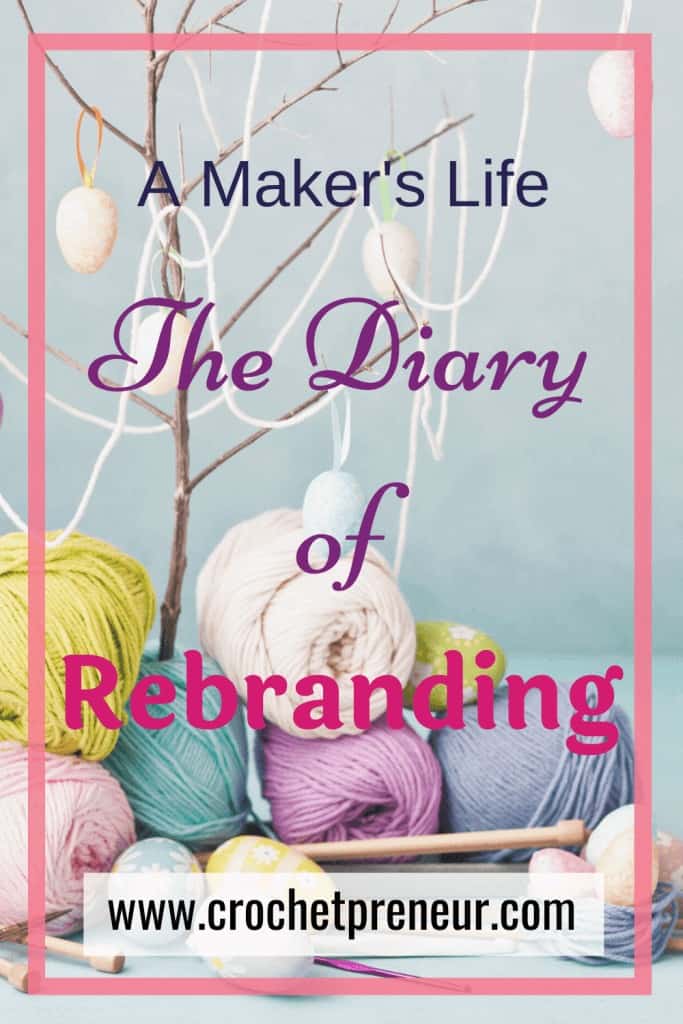
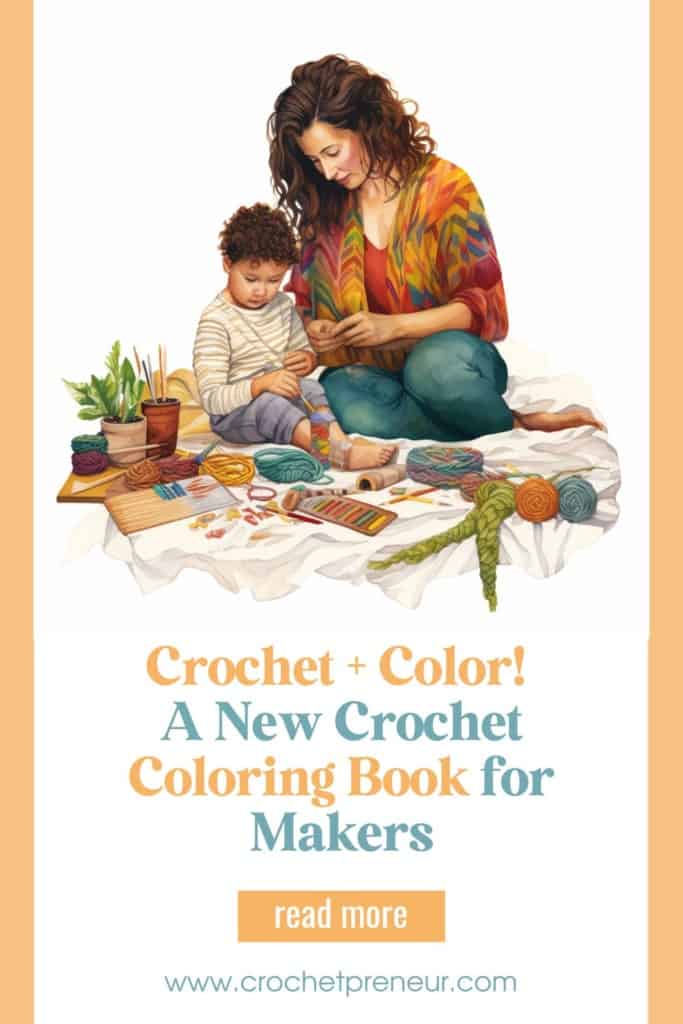
I would also like to know how one becomes a tech editor. How do you obtain the necessary skills?
Hi Anna,
There doesn’t seem to be any particular technical editing training. Though, if you are detail oriented, an experienced crocheter, and love numbers, you may just have a natural ability. I’d say, connect with The Tech Editor Hub on Facebook (https://www.facebook.com/groups/thetecheditorhub/) and ask questions. I think they’d be a great help and could point you in the right direction.
Good luck!
Pam
I don’t crochet but I love the hat with the hole on top. What a great idea and it’s wonderful that you’ve made such a successful business out of it. We all make mistakes but glad you solved it for the future.
Thank you so much, Rebecca!
I hired Emily and I love her! Thank you for the suggestion!